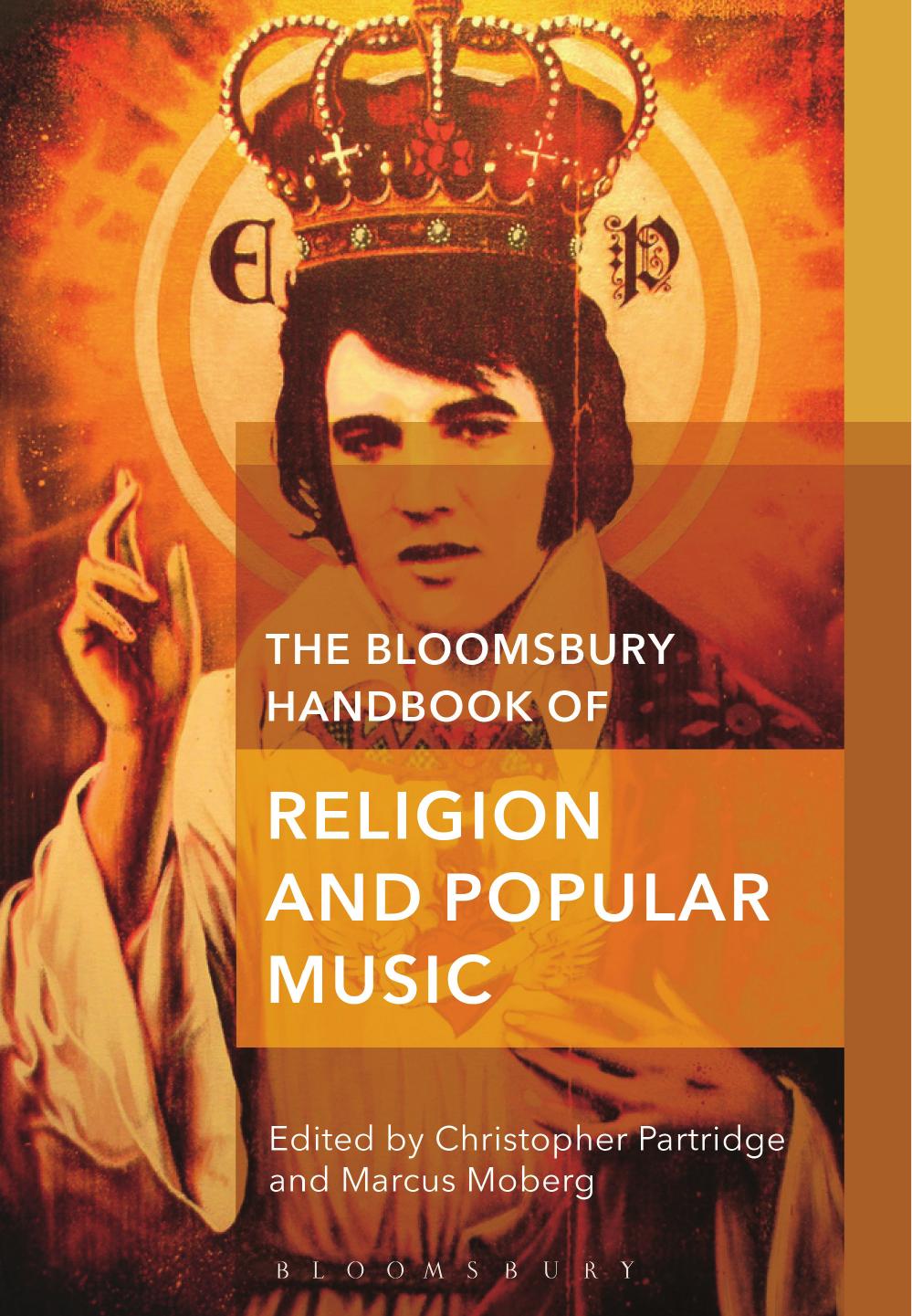The Bloomsbury Handbook of Religion and Popular Music by Christopher Partridge Marcus Moberg

Author:Christopher Partridge,Marcus Moberg
Language: eng
Format: epub, pdf
ISBN: 9781474237345
Publisher: Bloomsbury UK
Jamaica
Although Jamaica was a colony of the United Kingdom until 6 August 1962, the country has a long and richly diverse history of traditional and religious music of a wide variety. The Jamaican colonial context was complicated by a series of interesting events. The island was originally âdiscoveredâ by Christopher Columbus on his second expedition to the new world. At that time, the Arawak Indians populated the island. However, this indigenous population did not outlast the period of Spanish colonization. The Spanish had enslaved the Arawak and the resultant overwork and lack of disease resistance soon created the situation that the Spanish began importing slaves from Africa.
This scenario changed drastically when the British took Jamaica from the Spanish in 1655. A by-product of this takeover was that the Spanish released all of their African slaves before fleeing the island. These free Africans fled to the mountains, in the interior of the island, and developed into their own society known as Maroons. The British continued the importation of African slaves to work the sugar cane fields until the early nineteenth century. Slave labour was then replaced by indentured servitude, with workers imported from China and Central Africa.
The musical result of this cultural mixture in the Caribbean sun was the development of the use of a wide variety of instruments. Traditional Jamaican music employed a wide variety of maracas, shakers, the rumba box, grater and the triangle. Of note, body percussion was also used with snapping and foot stamping also serving as percussion instruments.
In addition to traditional non-pitched percussion, many styles of membrane-headed drums developed. The Maroons âregard their drums, the prenting and the goombeh, as having a great historic significance for the part they played with the abeng (a cow horn) in passing messages and helping to liberate their people from the British oppression in 1839â (Lewin 1998: 897). Another African-derived drumming practice manifest in the Kumina cult brought to Jamaica by the Kikongo people from central Africa. Once in Jamaica, these cultists used a membranophone called the kbandu which was played with two sticks (catta).
Another important Jamaican cultural unit are the practitioners of the Kumina cult descended from the Central African-born slaves freed during the indentured servitude period, Kumina adherents sing songs on African texts, dance and play music based on complex rhythmic patterns. These rhythmic patterns are executed on the kbandu and cyas drums. Within this tradition, the dancers, responsorial singers and drummers interact and much of what is executed involves an element of improvisation.
Another significant Jamaican religious sect is called Revival. It is the main African-Christian cult, âembracing Revival Pukkumina (also Pukko), and Zion (also Zion Way). Blending Christian and West African concepts, Revival includes singing, dancing, instrumental and percussive accompanimentâ (Lewin 1998: 903). Revival incorporates hymn-like songs, chanting and call-and-response singing. Its musical background emphasizes syncopated rhythms against a steady pulse. This rhythmic syncopation can be felt in several of the subsequent Jamaican popular styles.
The most internationally well-known Caribbean-based syncretic religion is Jamaican Rastafarianism. This movement, which
Download
The Bloomsbury Handbook of Religion and Popular Music by Christopher Partridge Marcus Moberg.pdf
This site does not store any files on its server. We only index and link to content provided by other sites. Please contact the content providers to delete copyright contents if any and email us, we'll remove relevant links or contents immediately.
The Way of Zen by Alan W. Watts(6292)
Ego Is the Enemy by Ryan Holiday(4963)
The Art of Happiness by The Dalai Lama(3851)
The Book of Joy by Dalai Lama(3704)
Why Buddhism is True by Robert Wright(3290)
Spark Joy by Marie Kondo(3089)
Shift into Freedom by Loch Kelly(3031)
Happiness by Matthieu Ricard(2888)
A Monk's Guide to a Clean House and Mind by Shoukei Matsumoto(2786)
The Lost Art of Good Conversation by Sakyong Mipham(2443)
The Meaning of the Library by unknow(2390)
The Third Eye by T. Lobsang Rampa(2174)
The Unfettered Mind: Writings from a Zen Master to a Master Swordsman by Takuan Soho(2160)
Red Shambhala by Andrei Znamenski(2073)
Anthology by T J(2047)
The Diamond Cutter by Geshe Michael Roach(1957)
Thoughts Without A Thinker: Psychotherapy from a Buddhist Perspective by Epstein Mark(1899)
Advice Not Given by Mark Epstein(1766)
Twilight of Idols and Anti-Christ by Friedrich Nietzsche(1764)
